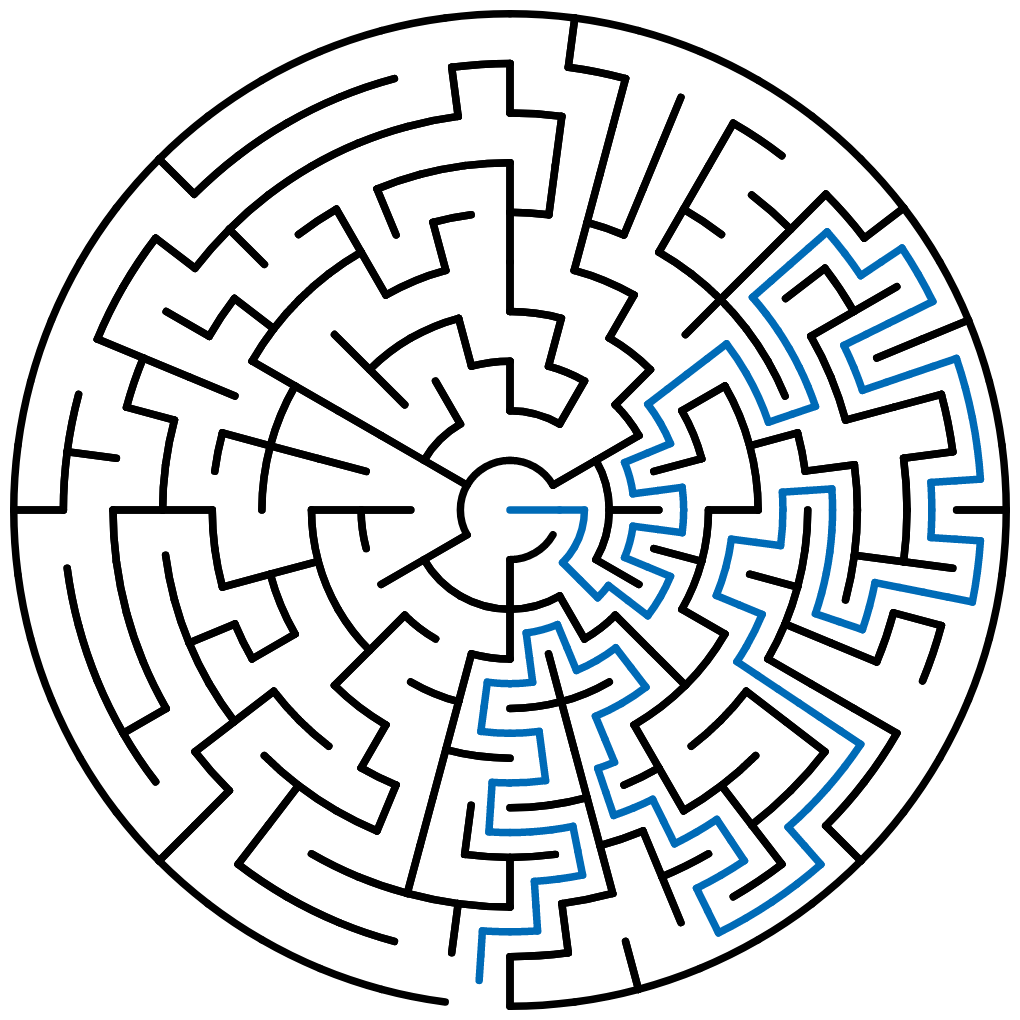Blog
Maze activity
Maze Activities: A Fun and Engaging Way to Boost Cognitive Skills
Mazes have been a source of fascination and entertainment for centuries, captivating minds with their intricate designs and puzzling pathways. Whether it’s a simple maze for beginners or a complex labyrinth, these activities offer an excellent way to engage the brain, improve problem-solving skills, and provide hours of enjoyment. In this article, we will explore the world of maze activities, discuss the benefits of using maze templates, and provide tips for those just starting out with mazes.
The Appeal of Maze Activities
Mazes are more than just a pastime; they are a fantastic educational tool that can be enjoyed by people of all ages. These activities require concentration, patience, and strategic thinking, making them an ideal way to sharpen cognitive abilities. The process of navigating through a maze involves visualizing paths, making decisions, and sometimes backtracking to find the correct route. This mental exercise can help improve spatial awareness, memory, and logical reasoning.
Benefits of Maze Templates
Maze templates are pre-designed grids that provide a structured framework for maze activities. These templates come in various levels of difficulty, from simple designs suitable for beginners to highly intricate patterns for maze enthusiasts. Here are some benefits of using maze templates:
1. **Convenience**: Maze templates save time and effort. Instead of designing a maze from scratch, you can simply print out a ready-made template and start solving.
2. **Variety**: With numerous templates available online and in puzzle books, you can find a wide range of maze styles and themes to keep the activity fresh and exciting.
3. **Skill Development**: Different templates can target various skill levels, allowing gradual progression. Beginners can start with simpler mazes and work their way up to more challenging designs, enhancing their problem-solving skills along the way.
4. **Educational Value**: Maze templates can be used in educational settings to teach concepts such as perseverance, patience, and critical thinking. They can also be integrated into lessons on mathematics, geometry, and even language arts.
Mazes for Beginners
Starting with mazes can be a rewarding experience, especially for young children or individuals new to this type of activity. Here are some tips for beginners:
1. **Choose Simple Designs**: Begin with mazes that have larger pathways and fewer dead ends. This reduces frustration and helps build confidence.
2. **Progress Gradually**: As you become more comfortable with easy mazes, gradually move on to more complex designs. This step-by-step approach ensures continuous improvement without overwhelming the solver.
3. **Use Pencils**: When solving a maze on paper, use a pencil so you can easily erase mistakes. This allows for trial and error, which is an important part of the learning process.
4. **Take Breaks**: If a maze becomes too challenging, take a break and return to it later with a fresh perspective. Sometimes, stepping away can help you see the solution more clearly.
5. **Enjoy the Process**: Remember that mazes are meant to be fun. Enjoy the journey through the twists and turns, and celebrate the satisfaction of finding your way to the end.
Maze activities are a delightful way to engage the brain and develop essential cognitive skills. With the help of maze templates, you can easily find a variety of designs to suit any skill level. For beginners, starting with simple mazes and gradually progressing to more complex ones can provide a fulfilling and educational experience. So grab a maze template, sharpen your pencil, and embark on an adventure through the fascinating world of mazes!

